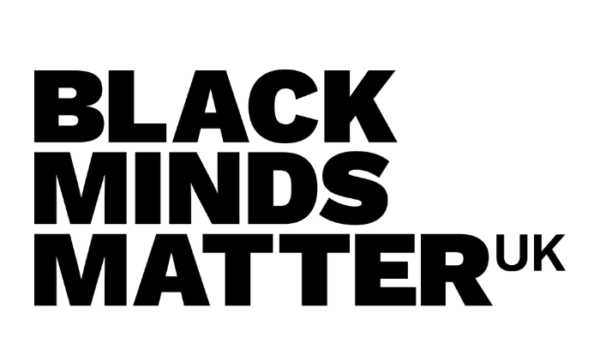Despite numerous efforts from governments, organisations and individuals around the world in encouraging more women in power, gender inequality is still very real.
The argument for more women in our boardrooms is actually quite simple: women make up half of all consumers and represent 47% of the entire workforce. Having more women on corporate boards is not just good for women: it’s better for the business. In fact, a successful business can only ensure long term sustainability if it is able to understand and address the needs of both women and men.
So, if you are a leader in human resources or people management who understands that gender equality makes better business sense, what can you do to break through the glass ceiling and promote an environment that fosters and encourages the advancement of women in your organisation?
Research on the glass ceiling shows that the blockers are not just related to maternity leave policies or flexible working processes, but they are in fact deep-rooted in attitudinal and organisational biases. This means that organisational culture and climate play a huge role in keeping women from rising to the upper rungs of the corporate ladder. The organisational climate influences how employees think and feel about certain aspects of their environment, which in turn, determines how they behave. Research shows that the companies that value diversity actually elicit more positive responses from women and in fact are more successful in attracting female talent (Rau & Hyland, 2003). This means that a more positive and inclusive culture generates a more integrated diversity climate, which attracts more women across all levels of the organisation.
A strengths-based approach to human resources provides a more positive, solutions-based culture that embraces diversity. Focusing on the personal strengths that individuals bring to work paves the way for a culture that recognises and celebrates difference.
Adopting a strengths approach ensures that your organisation has the strength to break through the glass ceiling and is better positioned to attract and retain a more diverse workforce and capitalise on the increasingly diverse markets.
Ana Loback, Consultant, Strengths Partnership Ltd












